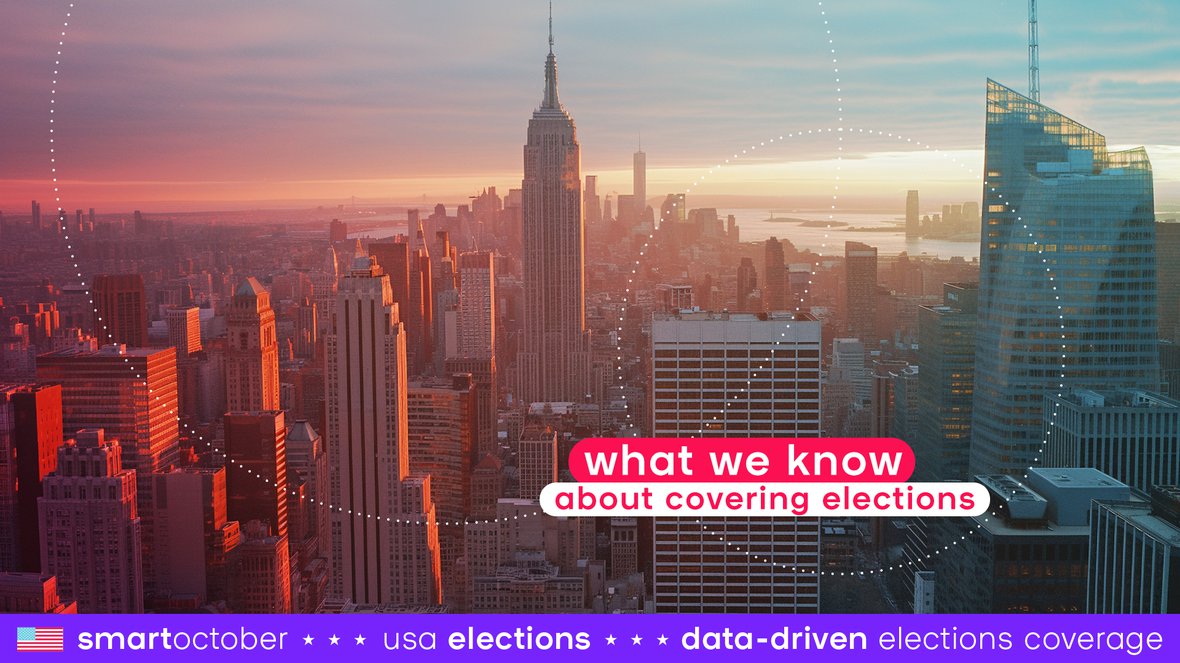Welcome to smartoctober! This is your annual deep dive into an aspect of analytics that will help you and your newsroom do better, perform better and be better.
This year, we’re focusing on how you can use analytics to help cover ongoing events - a huge challenge given the reading public’s lag in attention.
This could very well be applied to the Olympics, the ongoing crisis is Gaza or Ukraine, or indeed climate emergency. But we’re going to hang all the teachings and learnings on elections - because there’s a big one looming in the US at the moment and there’s a lot to be learned about how it’s being covered.
But first, here’s what you can expect from the next few weeks’ content.
We will:
- Look at the data to find out what’s worked - and what hasn’t
- Show you how user needs planning can help boost engagement
- Provide a forum for discussion to share inspiration, real world examples and case studies of what’s working, where - therefore adding to your toolkit of resources to pull out whenever you have a big event or issue to cover over a period of many weeks.
- Share examples of coverage that does a good job
We will not:
- Be telling you what to write, or when to write it
- Be discussing what’s going on on a political level in the US. That’s not our area of expertise - however fascinating we might find it!
-----------------------
What’s the purpose of the news media during an election?
And the companion question to this is what’s the purpose of YOUR newsroom during an election?
Let’s start by being a bit controversial:
The job of a newspaper is not to predict the winner.
Yes, polls sell. They’re punchy. They’re addictive. There’s something about all that data that feels concrete, and there’s something compelling (and alarming) about watching a blue line and a red line dance up and down across a graph. Will they? Won’t they? Might they? Surely not….? It’s like a bad 90s sitcom.
So, sure, polls are great, but because any election (or scheduled-in event like the Olympics, the World Cup, or the Eras tour) demands coverage that spans months, not just weeks or days, it’s really important to ensure the whole picture is being covered.
So what IS our job?
- To inform readers about the issues?
- To remind people to vote?
- To help them register and empower them to make the best decision for themselves in the polling booth?
- To unpick and challenge false claims or dubious promises?
All these things can be said to be true. But the following are too:
- To keep readers apprised of other things happening
- To provide a bit of light relief
- To connect people with information, services and people


